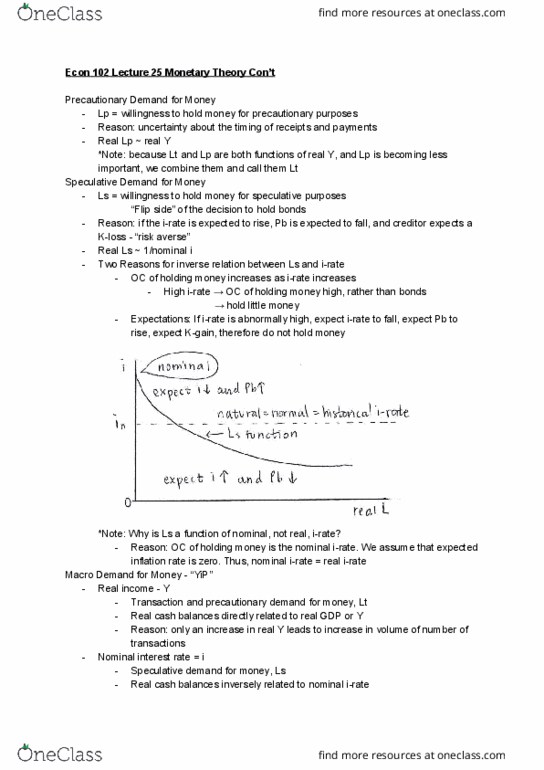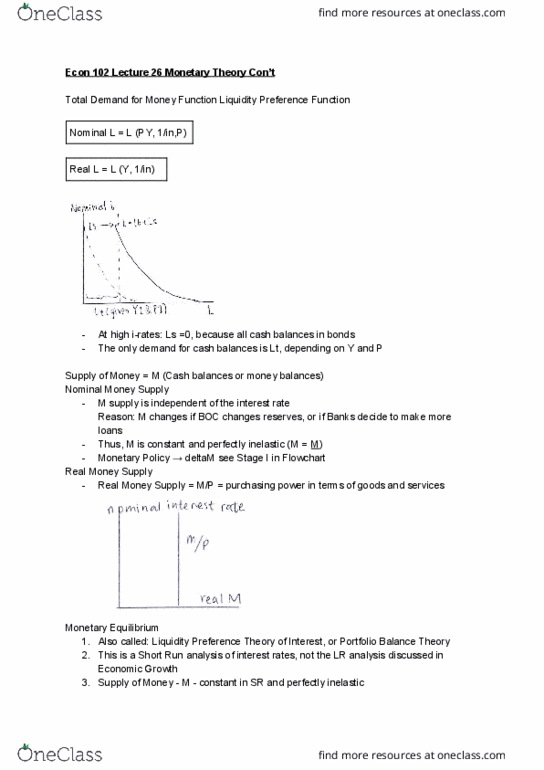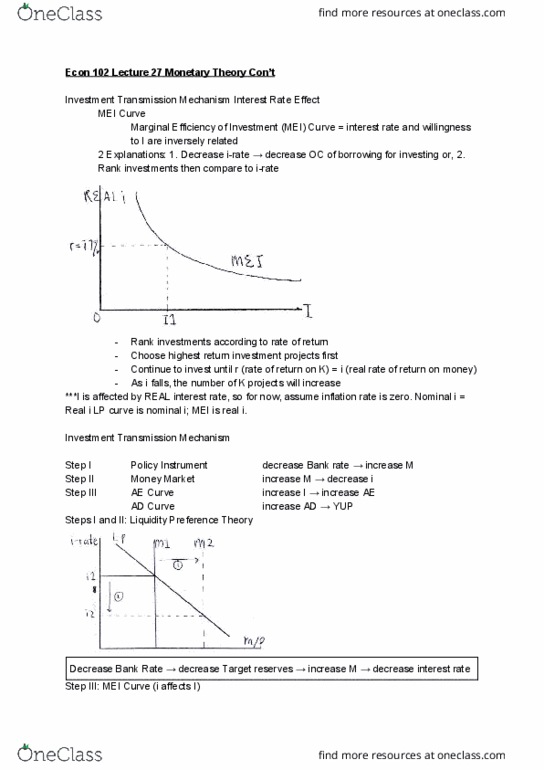""Please give answer with simple explaination""""Please give answer with simple explaination""""Please give answer with simple explaination""
1. In every society, choices must be made because resources are
a. Infinite, but economic want are finite
b. Finite, but economic wants are insatiable
c. Unlimited, but economic wants limited
d. Limited, and so are economic wants
2. Which question is an illustration of a microeconomic question
a. Is the quantity of wine purchased in one year dependent upon the price of wine?
b. Does government spending influence the total level of employment in the economy?
c. Is the purchasing power of the dollar higher or lower today than it was in 2000?
d. Is capitalism superior to socialism?
3. The purpose of the ceteris paribus assumption used in economic analysis is to :
a. Avoid making normative statements
b. A void the post hoc, ergo propter hoc fallacy
c. Make sure that all relevant factors are considered
d. Restrict the analysis to effect of a single economic factor
4. The profit motive is
a. Ineffective at producing consumer goods
b. Inherently beneficial to society if left alone to pursue its own self interests
c. Effective at producing goods when consumption is non-rival or non-excludable
d. Is often at odds with societies interests
5. In the system of central planning
a. There is repaid of the infrastructure
b. There is severe inflation in wholesale and retail prices
c. Economic growth leads to widespread unemployment among workers
d. The outputs of some industries become inputs for other industries
6. The market system communicates changes in supply and demand and elicits appropriate responses from businesses and resource suppliers. This is known as the:
a. Rationing function of prices
b. Guiding function of prices
c. Monetary function of prices
d. Circular flow of income
7. An increase in the quantity of automobiles supplied would be caused by which be caused by which of the following?
a. An increase in the demand for automobiles
b. A decrease in the demand for automobiles
c. Higher prices for steel
d. Higher prices for gasoline
8. All of the following would cause an increase in the demand for private airplanes at a given price, except a:
a. Decrease in interest rates
b. Increase in consumer incomes
c. Decrease in taxes on luxury goods
d. Decrease in the costs of constructing private airplanes
9. In modern economies of mass production,
a. Biological need motivates most consumption
b. The intrinsic value of goods and services motivates mass consumption
c. Affluence makes relative depravation meaningless
d. Invidious comparison motivates much of mass consumption
10. a more equal distribution of income in the United States would result in greater total consumer satisfaction. This statement is based on the concept that:
a. Income inequality is unfair
b. Income inequality is undemocratic
c. Income equality stimulates efficiency
d. Incomes are subject to diminishing marginal utility
11. While command systems suffer from incentive problems, market economies
a. Have no incentive problems
b. Suffer from incentive problems of their own
c. Tend to resolve all problems by their own dynamics
d. Have problems to the degree that there is government interference.
12. What economic concepts can be used to explain the reason that a new car purchased by a consumer and driven off a new car lot decrease in value almost immediately compared with the value of the same make and model of a car still on the new car lot?
a. Positive and negative externalities
b. Liability rules and lawsuits
c. The Coase theorem and moral hazard
d. Asymmetric information and adverse selection
13. Consider a situation where the U.S. Congress wants to place a special tax on private airplanes to increase tax revenue. This tax would only be effective in raising new tax revenues if the price elasticity of:
a. Supply is elastic
b. Supply is inelastic
c. Demand is elastic
d. Demand is inelastic
14. Under what circumstances would you expect economic profits to be zero in a particular industry?
a. During a recession
b. When there is little competition in the industry
c. When the industry is neither expanding nor contracting
d. When the demand for the product being produced is increasing
16. If economic resources are perfectly interchangeable between the two products shown on a production possibilities graph:
a. The economy will always be at full employment
b. More of one product can be produced without producing less fo the other product
c. The production possibilities curve would be straight line
d. The two products are of equal value to the economy
17. Opportunity cost is best defined as:
a. Marginal cost minis marginal benefit
b. The time spent on an economic activity
c. The value of the best foregone alternative
d. The money cost of an economic decision
18. All of the following would affect the position of a country production possibilities curve expect:
a. The quality of labor
b. The level of employment
c. The amount of the capital stock
d. Technological progress
19. The post hoc, ergo propter hoc fallacy consists of:
a. Using an example to a different point
b. Inferring causality from chronological sequence
c. Jumping to conclusions from an inadequate number of cases
d. Arguing for or against the person rather than the position being supported
20. Which is one of the five fundamental question that needs to be answered by economic system
a. What is the rate of unemployment?
b. Who will be the richest person in the economy?
c. What goods and services will be produced?
d. Why are the prices for goods and services so high?
21. The institution of private property is sustained over time by:
a. Competition
b. Bequests
c. Self-interest
d. Free enterprise





